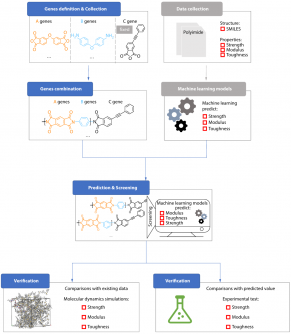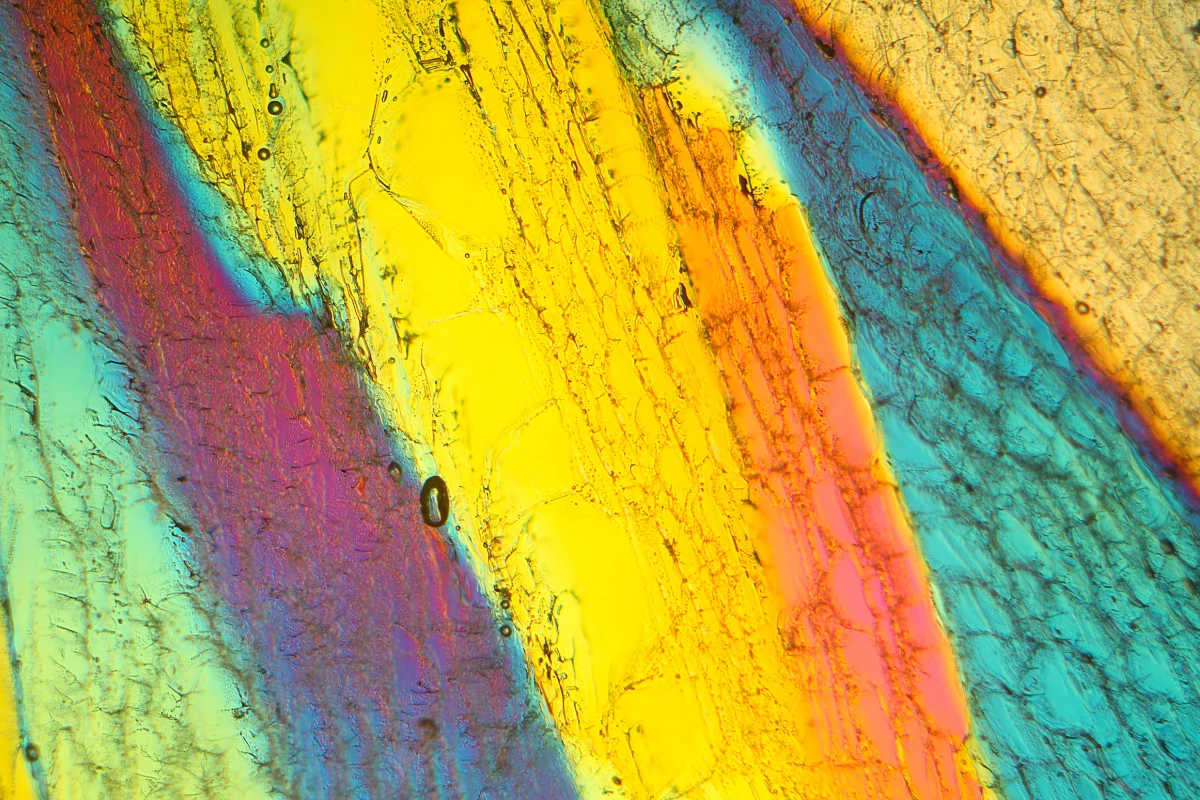A team of researchers from the East China University of Science and Technology has developed an innovative AI-assisted materials-genome approach that significantly enhances the design of polyimide films, which are crucial for industries such as aerospace and flexible electronics. This breakthrough, published in the Chinese Journal of Polymer Science on September 2, 2025, presents a method that enables the rapid identification of high-performance thermosetting polyimides.
Polyimide films are widely recognized for their thermal stability and insulation properties, making them indispensable in various applications. However, optimizing their mechanical properties has been challenging, as improving one aspect often compromises another. Conventional trial-and-error methods are slow and costly, limiting researchers’ ability to explore the vast possibilities within molecular structures.
The newly developed strategy integrates computation, experimentation, and artificial intelligence to directly learn structure-property relationships from data. Unlike previous models that focused on individual properties or smaller datasets, this approach systematically analyzes thousands of candidate structures, paving the way for enhanced mechanical performance.
The research team constructed Gaussian process regression (GPR) models trained on over 120 experimental datasets of polyimide films. This innovative machine-learning model predicts three critical mechanical parameters: Young’s modulus, tensile strength, and elongation at break. The team successfully identified a new formulation, PPI-TB, which outperformed established benchmark polyimides in terms of mechanical performance.
Through molecular dynamics simulations, the researchers validated the screening results, demonstrating that PPI-TB (gene combination A4/B32) achieved a modulus of 3.48 GPa alongside superior toughness and strength indicators when compared with existing systems such as PETI-1 and O-O-3. Subsequent experimental validations on representative PPIs confirmed a strong correlation between the predicted and measured data, reinforcing the model’s accuracy.
The study also provided key insights into design principles. Analyses revealed that conjugated aromatic structures enhance stiffness, while the presence of heteroatoms and heterocycles improves molecular interactions. Additionally, flexible silicon or sulfur-containing units contribute to increased elongation.
According to Prof. Li-Quan Wang, a corresponding author of the study, “By translating polymer fragments into genetic-like descriptors, we can treat molecular design like decoding a genome.” He emphasized that machine learning not only predicts performance but also elucidates the chemical “genes” responsible for it. This synergy between data science and chemistry has the potential to revolutionize material innovation, allowing for the exploration of new possibilities that traditional methods would take decades to achieve.
The AI-driven materials-genome strategy represents a scalable framework for designing polymers with specific combinations of stiffness, strength, and flexibility—qualities vital for applications in microelectronics and aerospace composites. By replacing lengthy experimental iterations with predictive modeling and virtual screening, this method significantly reduces both costs and development times.
Beyond polyimides, the workflow has the potential to be adapted for other high-performance polymer classes, guiding the creation of lightweight, durable, and thermally stable materials essential for future technological advancements in electronics and aerospace.
This research was financially supported by the National Key R&D Program of China and the National Natural Science Foundation of China under specific grant numbers. The implications of this work extend well beyond academic interest, heralding a new era of material design that could reshape various industries.







